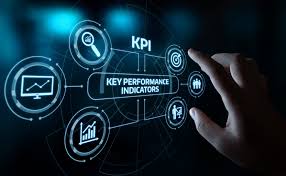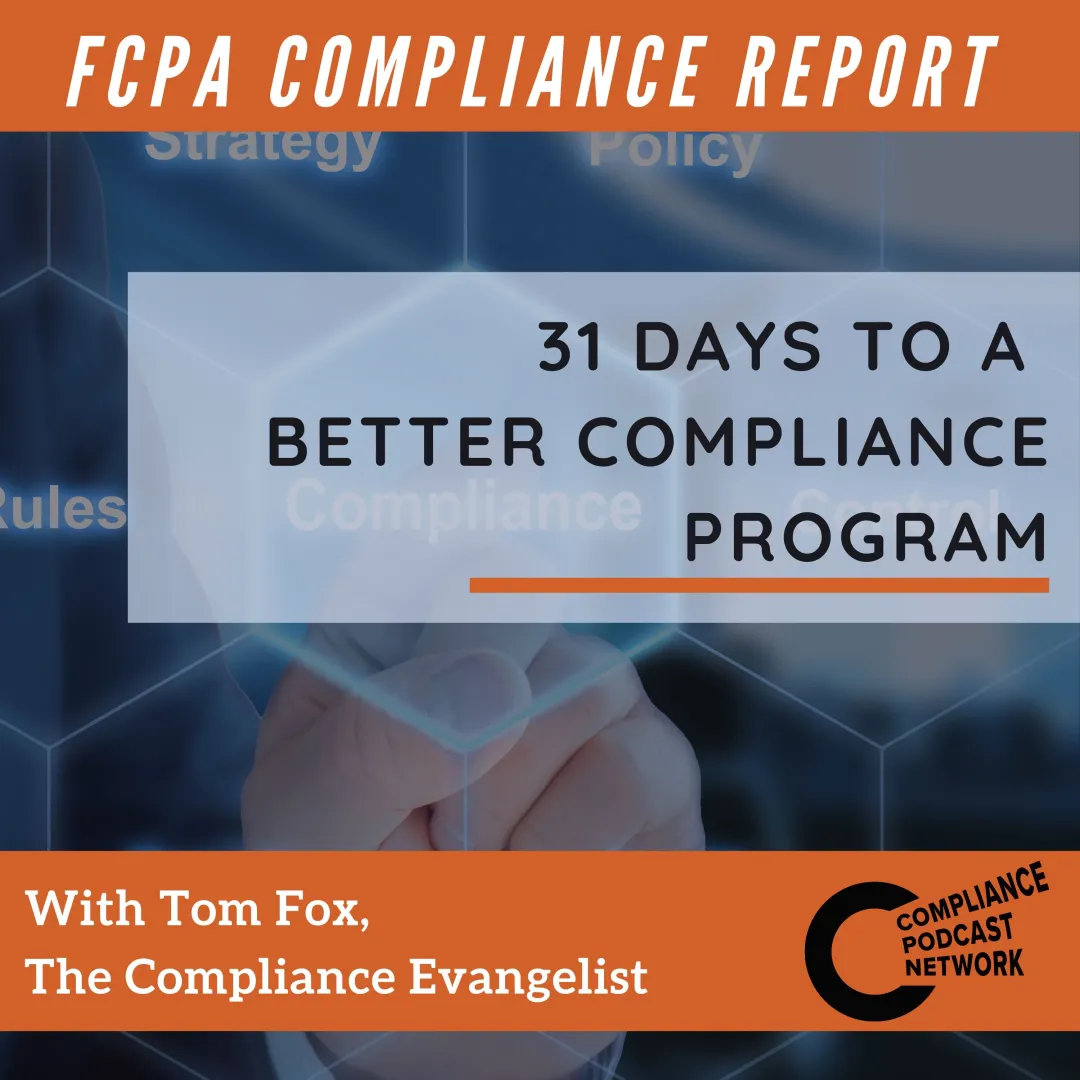In the modern corporate landscape, traditional key performance indicators (KPIs) are struggling to meet the demands of dynamic compliance environments. These legacy metrics often fail to align operations, prioritize resources, and drive accountability toward strategic objectives. For compliance professionals, these shortcomings are particularly critical: ineffective KPIs can lead to missed risks, inefficient processes, and poor decision-making, ultimately jeopardizing organizational integrity.
In a recent article in the Sloan Management Review, entitled The Future of Strategic Measurement: Enhancing KPIs With AI, authors Michael Schrage, David Kiron, François Candelon, Shervin Khodabandeh, and Michael Chu explored these and other issues, which I have adapted for the compliance professional. By incorporating artificial intelligence (AI), organizations are reimagining what KPIs can accomplish—not just as performance trackers but as drivers of strategic differentiation and value creation.
The Shortcomings of Legacy KPIs in Compliance
Legacy KPIs often focus narrowly on outputs, such as the number of training sessions conducted or hotline calls logged. While these metrics provide valuable data, they frequently fail to provide solid information in various ways. The first is that legacy KPIs are taken in a vacuum with no appreciation of the interconnected nature of corporate risks. Just as compliance does not (or at least should not) operate in a vacuum, risks in one area often cascade into others, yet traditional KPIs rarely reflect these interdependencies. The retrospective nature of KPIs. Metrics rooted in historical data are inherently backward-looking, limiting their utility for forecasting and proactive risk management.
Finally, corporate silos, which are a perennial challenge in compliance, and static KPIs can reinforce them rather than foster cross-functional collaboration. Legacy KPIs do not promote alignment across disparate corporate functions. These limitations hinder a compliance professional’s ability to effectively anticipate, prevent, and address misconduct.
Enter Smart KPIs: A New Era of Compliance Metrics
AI-powered KPIs offer a smarter, more dynamic approach to performance measurement. These metrics are descriptive, predictive, and prescriptive. Such metrics will allow a corporate compliance function to provide new and different insights, such as some of the following.
- Analyze past and current compliance performance to identify gaps.
- Anticipate future risks and compliance trends based on patterns in data.
- Recommend actions to mitigate risks and optimize outcomes.
For example, AI can transform a traditional metric like the “number of third-party audits conducted” into a prescriptive KPI that evaluates audit results, predicts the highest risk areas, and recommends corrective actions.
Case Study: Wayfair and the Evolution of Lost-Sales KPIs
The article discussed Wayfair’s reengineering of its lost-sales KPI and offers valuable insights for compliance professionals. Initially, the retailer calculated lost sales on an item-by-item basis, but AI analysis revealed that many “lost” sales were category retentions, as customers purchased alternative items. This revelation led Wayfair to redesign its KPI to measure category-based retention. The result? Smarter metrics aligned product placement with operational constraints, improving customer satisfaction and operational efficiency.
This case study provides a clear set of lessons for corporate compliance and the compliance professional. Compliance teams can use AI to rethink KPIs that do not fully capture performance nuances. For instance, instead of merely tracking the number of training completions, a smarter KPI could evaluate behavioral changes post-training or identify employees most at risk of ethical lapses based on historical data. This, in turn, could provide greater insight into training effectiveness and how a compliance professional might think about targeted training.
KPI Governance: A Compliance Imperative
One of the most critical aspects of AI-enhanced KPIs is governance. Organizations need robust governance mechanisms to ensure KPIs evolve with strategic objectives and maintain their relevance over time. For a compliance professional, this means several different approaches.
- Continuous Review of Metrics. Regularly revisiting KPIs to ensure they remain aligned with evolving regulatory landscapes and business priorities.
- Meta-KPIs for Quality Assurance. Developing “KPIs for KPIs” to assess their accuracy, relevance, and effectiveness.
- Cross-Functional Oversight. Establishing governance structures that bring together compliance, legal, and operational teams to oversee metric design and implementation.
The bottom line is that accountability for KPI performance, both the metrics themselves and the outcomes they drive, must be embedded into the compliance framework.
How AI Enhances Compliance KPIs
AI-enhanced KPIs bring new capabilities to compliance programs in three key manners. First, in risk anticipation. Predictive KPIs can identify emerging compliance risks, such as regulatory changes, third-party risk management, or shifts in employee behavior, enabling proactive mitigation. The second area is holistic insights. By analyzing data across functions, AI can uncover hidden correlations, such as how employee hotline reports, visits to the compliance department website, or even the number of requests to FAQs might signal compliance risks in supply chain operations. Finally is the area of targeted recommendations. Prescriptive KPIs can suggest specific actions, like prioritizing high-risk vendors for audits or tailoring training to address observed knowledge gaps. For example, AI could analyze whistleblower reports alongside financial data to identify patterns indicative of systemic fraud, providing actionable insights for remediation.
This more holistic approach also addresses one of the key risk areas around KPIs: stagnate KPIs. The 2008 financial crisis underscores the dangers of relying on outdated KPIs. Banks’ dependence on “value at risk” metrics, which failed to account for the growing influence of subprime mortgages, contributed to catastrophic losses. Compliance professionals must guard against similar pitfalls by regularly challenging assumptions underpinning legacy KPIs. AI can aid in this process by continuously analyzing data to reveal when a metric is no longer fit for purpose.
Steps to Implement Smarter Compliance KPIs
Compliance professionals can take the following steps to transition from legacy to AI-enhanced KPIs.
- Audit Existing KPIs. Assess whether current metrics adequately capture compliance risks and align with strategic objectives.
- Leverage AI for Data Analysis. Use AI tools to uncover hidden patterns in compliance data, such as correlations between employee turnover and ethics violations.
- Collaborate Across Functions. Work with IT, legal, and operations teams to ensure KPI redesigns reflect organizational priorities.
- Invest in Training and Culture. Equip compliance teams with the skills to interpret and act on AI-generated insights while fostering a culture of data-driven decision-making.
- Monitor and Improve KPIs. Establish processes for ongoing KPI evaluation, ensuring they evolve alongside regulatory and stakeholder input and business changes.
Challenges and Ethical Considerations
While AI-enhanced KPIs offer immense potential, they also present challenges. These challenges include some of the following. Just as with more generative AI, algorithms can be biased. AI models are only as unbiased as the data on which they are trained. Compliance teams must ensure that their AI systems uphold principles of fairness and equity. Always remember the Human in the Loop to preclude over-reliance on AI. While AI can inform decision-making, it should not replace human judgment. Compliance professionals must strike a balance between algorithmic insights and ethical considerations. Finally, there are data privacy concerns. Collecting and analyzing large datasets for KPI development must comply with data privacy regulations.
Conclusion: The Future of Compliance Metrics
The rise of AI-enhanced KPIs marks a paradigm shift in measuring and managing compliance performance. By embracing smarter, more dynamic metrics, compliance professionals can gain deeper insights, anticipate risks, and drive better outcomes. Much like Wayfair and other forward-thinking organizations, compliance teams must be willing to challenge the status quo, leverage technology, and prioritize continuous improvement. The era of static, backward-looking KPIs is over. In its place is a future where smart KPIs enable compliance functions to not only measure performance but actively enhance it—turning compliance from a cost center into a source of strategic value. The question is not whether your organization should adopt AI-powered KPIs but how soon your compliance program can reap the benefits. The time to act is now.





